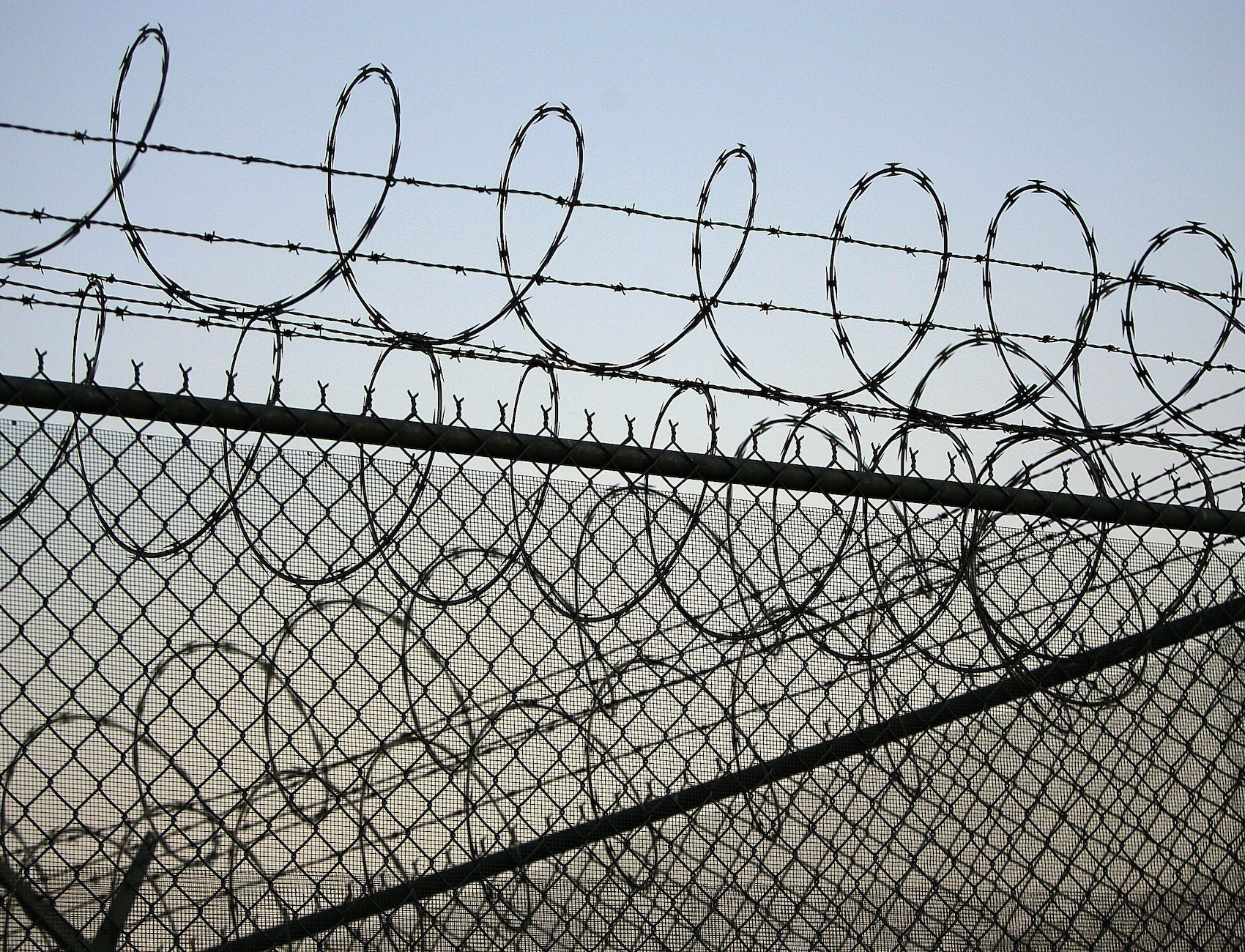This Tool Can Track Changes to Incarcerated Populations Amid the Coronavirus Pandemic
At a time when it’s vital to reduce jail and prison populations to prevent outbreaks, this data can help advocates identify areas where that is or is not happening.

This piece is a commentary, part of The Appeal’s collection of opinion and analysis on important issues and actors in the criminal legal system.
As some jurisdictions promise to release prisoners who are particularly vulnerable to the new coronavirus, how will we know that they’re following through? And as court proceedings are delayed around the country to slow the spread of the virus, how will we know if jails are becoming more crowded as a result?
End Incarceration, a group of researchers working to provide data to groups fighting mass incarceration, has created a tool to track the number of prisoners in as many U.S. prison and jail jurisdictions as possible, pulling in data provided by corrections departments and sheriff’s offices. The data is updated every day for hundreds of jurisdictions, and we are continually adding new ones.
Although incarceration is always dangerous, those trapped in U.S. prisons and jails during the COVID-19 outbreak face unprecedented danger and little or no way to protect themselves. Some jurisdictions have shut down visitation in an effort to slow the spread of the virus from the outside to the inside. But guards still enter and leave, and it is almost certain that outbreaks in jails and prisons will occur (some guards have tested positive, at least one corrections employee has died, and there are reports that people on the inside have symptoms).
The dangers to those locked up are obvious and need to be addressed immediately. Prisoners are held together in close proximity, usually without basic access to the essentials required to keep themselves protected from infection. And if infected, incarcerated people will not have access to quality healthcare, nor the resources required to properly care for themselves while sick.
Some jurisdictions, both within the U.S. and abroad, have released or plan to release prisoners. But others—including in places that have declared emergencies because of infection—continue to lock people up as usual, even while they close courts and delay court appearances. This could mean that people will not be released at normal rates, creating even more crowded, more dangerous conditions. Several groups and individuals have called for mass prisoner releases, and there is good reason to believe that jails in particular represent a crucial intervention point with consequences for stemming the spread of the disease in society as a whole.
We built this tool as a resource for people and organizations that are fighting incarceration in the U.S. We’re releasing the site now in the hope that it can help them track what’s happening inside as they work to avert or mitigate this looming humanitarian crisis.
Oliver Hinds is a member of End Incarceration, and a senior data scientist at the Vera Institute of Justice. (End Incarceration and Vera are not related). He is a formerly incarcerated researcher working to end incarceration in the U.S.
